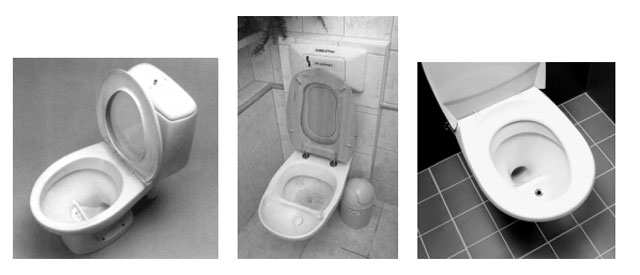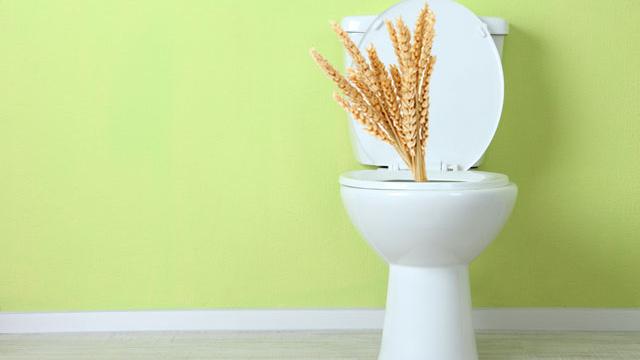Among the things I found mortifying about my parents when I was a teenager was their habit of leaving buckets of pee in the bathroom. Instead of flushing all that phosphorous- and nitrogen-rich urine down the toilet, they saved it for our backyard vegetable garden. Pee as fertiliser has since — contrary to everything my teenage self wanted to believe — become a hip idea among some eco-minded backyard farmers.
For those thinking even bigger, Sam Brasch at Modern Farmer investigates the possibility of bringing pee to large-scale industrial agriculture. Yes, that’s a lot of pee — but also a whole lot of nitrogen, phosphorous and potassium.
At the center of our nascent pee movement is the Rich Earth Institute in Battleboro, Vermont. REI talks about “closing the food nutrient cycle:” from food to pee to fertiliser and back to food again. It’s a fair proposition to consider because the fertilisers we dump on our food are not renewable resources. Phosphorous, for example, is mined — from guano before we exhausted it and now from rocks in places like Morocco. And the nitrogen in fertiliser is captured through a process that requires natural gas. So instead of letting all the nutrients in our waste go to waste, what if we could recapture it?
That’s why REI has been collecting human urine — 3,000 gallons of it so far. A successful preliminary study finding pee-fertilised fields to be more productive than unfertilised fields won the organisation a $US10,000 USDA grant. They’re the only project to legally experiment with pee for fertiliser in the country at the moment.
At this point, you might be wondering about urine versus faecal matter as fertiliser. The solid waste industry is looking a lot more, erh, solid; almost 50 per cent of “human biosolids” is already used on farmland in the United States. This is in spite of the fact that bacteria-filled faecal matter requires a lot more processing for safety than usually-sterile urine. Poo’s relative popularity — if we can call it that — is bound up with the logistics of our existing sewage infrastructure.
To collect urine on a large scale, we need to go beyond the buckets of urine my parents left around. We need a whole new gizmo: the urine-diverting toilet. It already exists, but it’s rare in the US. A division in the toilet bowl diverts urine down the front into a holding tank while solid waste and toilet paper fall down the back for composting. That’s if you have your own septic system — city-wide reengineering would have to happen on a different, more massive scale entirely.

Urine-diverting toilets from Sweden. Credit: World Health Organisation
The Swedes, who pioneered urine diversion 15 years ago, have found challenges scaling up. A survey from 2006 found only 10,000 urine-diverting toilets in the the country and 10 to 15 larger municipal systems. A backlash in the early 2000s after problems with the first systems put a damper on efforts, though the study’s authors are optimistic.
In the US, the urine diversion moment is more nascent, and perhaps those early mistakes can be avoided. Even if infrastructure hurdles are surmounted, though, advocates still have to deal with a weird quirk of urine-diverting toilets: Men have to sit down to use them.
But hey, toilets are already forcing us into inherently unnatural bathroom positions anyway. When it comes to bowel movements, we really should be squatting like our toilet-less ancestors rather than sitting. If men can learn to sit while they poop, perhaps men can learn to sit while they pee, too? [Modern Farmer]
Lead image: Africa Studio/Shutterstock and Pixelbliss/Shutterstock
